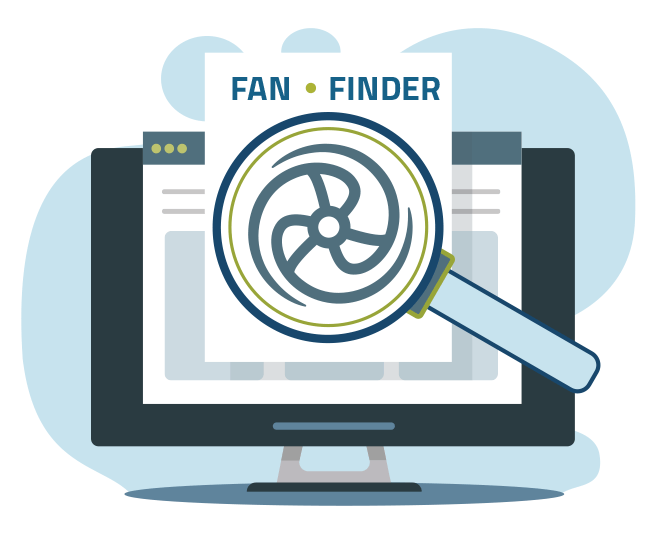Exhaust Fans and Safety
Exhaust fans can promote healthy and safe air quality for residential, commercial, and industrial settings; however, they can be hazardous if they’re not maintained or installed properly. Faulty exhaust can provide insufficient removal of humidity, toxic substances, and fumes. Faulty exhaust fan ventilation is also responsible for a number of fires each year.
One major safety hazard from exhaust fans is as simple dust accumulation. Dust collects on fan blades and inside the housing unit. If fans are left to collect dust over long periods of time, the motor will labor or seize. The fan will continue to generate heat, but may fail to maintain the amperage to trip the circuit. If left in this state, the wiring and any plastic or lint inside the housing could catch fire.
Keep a maintenance schedule to avoid accidents related to exhaust fan buildup. At specific intervals (these will vary depending on the fan application), turn off the circuit breaker and clean the fan motor and blades. Professional cleaning is recommended for commercial and industrial exhaust vent fans.
Faulty exhaust placement can also lead to safety hazards. An exhaust fan vented too close to an air uptake vent can contaminate indoor air. Keep air intake and output vents apart, and be sure that intake vents are located away from other sources of contaminants.
Older fans and exhaust systems may need to be updated or replaced to make the most of home, commercial, or industrial ventilation.


